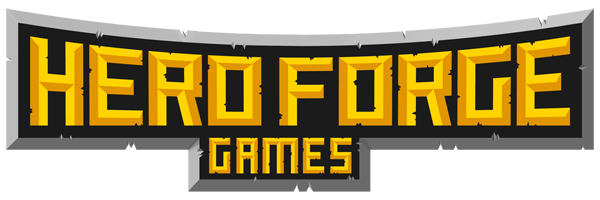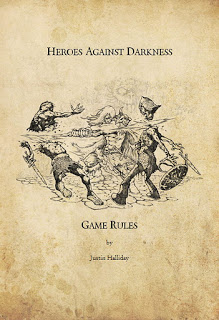Omit Needless Powers*
The current Alpha version (v0.189) of Heroes Against Darkness represents each of the improved attack powers as their own separate power. Generally, these improved versions of the powers then slot into the class’s power list every 4th level (or so).
For example, the Warrior’s Melee Attack is superceded by Superior Melee Attack at Level 4:
Melee Attack (Level 1)
| Condition | Target in melee range |
|---|---|
| Attack | d20 + Melee Bonus |
| Against | Armor Defense |
| Damage | Weapon Damage + Melee Bonus |
Superior Melee Attack (Level 4)
| Condition | Target in melee range |
|---|---|
| Attack | d20 + Melee Bonus |
| Against | Armor Defense |
| Damage | 2d Weapon Damage + Melee Bonus |
In order to reduce redundancy, I’m going to change the format of the individual combat powers so that each base power incorporates the higher level scaling:
Melee Attack (Level 1)
| Condition | Target in melee range |
|---|---|
| Attack | d20 + Melee Bonus |
| Against | Armor Defense |
| Damage
Level 4 Level 8 Level 12 |
Weapon Damage + Melee Bonus 2d Weapon Damage + Melee Bonus 3d Weapon Damage + Melee Bonus 4d Weapon Damage + Melee Bonus |
Another example:
Careful Strike (Level 1)
| Condition | Target in melee range |
|---|---|
| Attack | d20 + Melee Bonus + 2 |
| Against | Armor Defense |
| Damage
Level 4 Level 8 Level 12 |
Weapon Damage + Melee Bonus – 2 2d Weapon Damage + Melee Bonus – 4 3d Weapon Damage + Melee Bonus – 6 4d Weapon Damage + Melee Bonus – 8 |
This should reduce the long list of class powers and allow me to introduce more unique powers at higher levels. It also means that players can be sure that each of the powers on their list has a unique effect.
The downside is that players will have a bit more reading to do when looking for a power to use as they review even their earliest powers to check when they scale.


